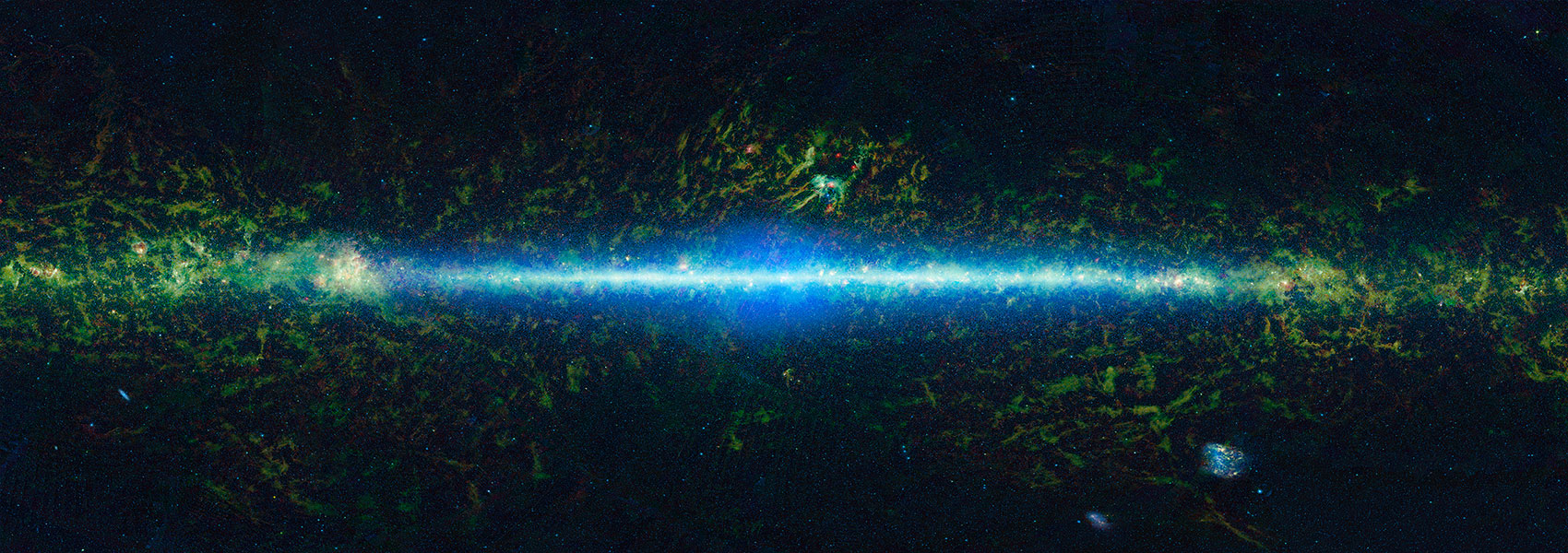November
2015
•
2015ApJ...814...32K
Authors
•
Kalas, Paul G.
•
Rajan, Abhijith
•
Wang, Jason J.
•
Millar-Blanchaer, Maxwell A.
•
Duchene, Gaspard
•
Chen, Christine
•
Fitzgerald, Michael P.
•
Dong, Ruobing
•
Graham, James R.
•
Patience, Jennifer
•
Macintosh, Bruce
•
Murray-Clay, Ruth
•
Matthews, Brenda
•
Rameau, Julien
•
Marois, Christian
•
Chilcote, Jeffrey
•
De Rosa, Robert J.
•
Doyon, René
•
Draper, Zachary H.
•
Lawler, Samantha
•
Ammons, S. Mark
•
Arriaga, Pauline
•
Bulger, Joanna
•
Cotten, Tara
•
Follette, Katherine B.
•
Goodsell, Stephen
•
Greenbaum, Alexandra
•
Hibon, Pascale
•
Hinkley, Sasha
•
Hung, Li-Wei
•
Ingraham, Patrick
•
Konapacky, Quinn
•
Lafreniere, David
•
Larkin, James E.
•
Long, Douglas
•
Maire, Jérôme
•
Marchis, Franck
•
Metchev, Stan
•
Morzinski, Katie M.
•
Nielsen, Eric L.
•
Oppenheimer, Rebecca
•
Perrin, Marshall D.
•
Pueyo, Laurent
•
Rantakyrö, Fredrik T.
•
Ruffio, Jean-Baptiste
•
Saddlemyer, Leslie
•
Savransky, Dmitry
•
Schneider, Adam C.
•
Sivaramakrishnan, Anand
•
Soummer, Rémi
•
Song, Inseok
•
Thomas, Sandrine
•
Vasisht, Gautam
•
Ward-Duong, Kimberly
•
Wiktorowicz, Sloane J.
•
Wolff, Schuyler G.
Abstract
•
We present the first scattered light detections of the HD 106906 debris disk using the Gemini/Gemini Planet Imager in the infrared and Hubble Space Telescope (HST)/Advanced Camera for Surveys in the optical. HD 106906 is a 13 Myr old F5V star in the Sco-Cen association, with a previously detected planet-mass candidate HD 106906b projected 650 AU from the host star. Our observations reveal a near edge-on debris disk that has a central cleared region with radius ∼50 AU, and an outer extent >500 AU. The HST data show that the outer regions are highly asymmetric, resembling the “needle” morphology seen for the HD 15115 debris disk. The planet candidate is oriented ∼21° away from the position angle of the primary’s debris disk, strongly suggesting non-coplanarity with the system. We hypothesize that HD 106906b could be dynamically involved in the perturbation of the primary’s disk, and investigate whether or not there is evidence for a circumplanetary dust disk or cloud that is either primordial or captured from the primary. We show that both the existing optical properties and near-infrared colors of HD 106906b are weakly consistent with this possibility, motivating future work to test for the observational signatures of dust surrounding the planet.
Links



